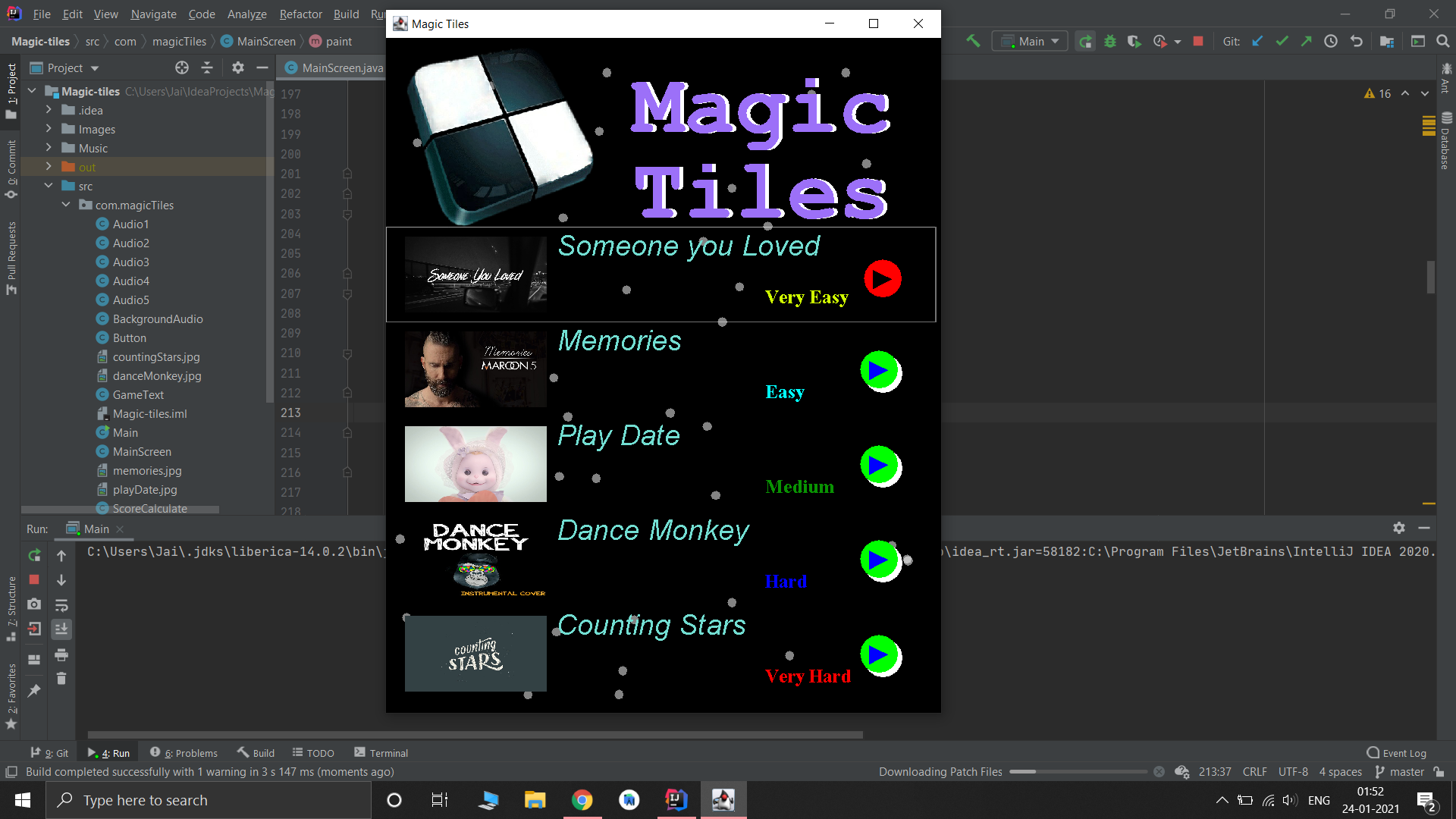

Apparently, it was the only sonata Beethoven wrote a metronome marking for (132)-a speed which only the most skilled pianists can follow. This piece features big, majestic chords and rapid passages. Why it’s hard: Inspired by a new, six- octave piano that was gifted to him, Beethoven’s “Hammerklavier” (which means pianoforte in German) celebrates the new capabilities of the instrument. Check out how one academic re-creates the stochastic sections of “Mists” with the programming language Python. Considered stochastic music (music composed with the aid of equations and probability), “Mists” was composed by an architect and composer who used math formulas to make mind-bending music. Why it’s hard: While “Mists” is technically challenging, more than anything, it’s an intellectual feat to understand. The melody is iconic, and you can tell the piece was designed to be performed. But while this song can be frustratingly difficult, it’s also super rewarding. This piece is also the only one on this list I’ve attempted myself, so I feel I can speak more to it.īoth the dramatic lassan and the energetic friska sections of the Rhapsody contain big leaps, tangling chords, and swift runs that require a high level of dexterity and accuracy. 2” isn’t the hardest piece ever, but it’s certainly one of the most well-known and was made famous by Tom and Jerry.

The dense score is nearly incomprehensible, and pianist Steven Osborne even likened it to solving never-ending quadratic equations. And it’s lived up to its name-today, the three-part suite makes a frequent appearance on lists of difficult piano pieces. Why it’s hard: Ravel wrote “Gaspard de la Nuit” to one-up Mily Balakirev’s “Islamey.” In other words, this whirlwind of a piece was designed to be hard. There’s a reason why Louis Armstrong called him “the man with four hands.” But what I love most about Oscar Peterson’s performance is that despite the speed and climax near the end, Peterson never relinquishes control he keeps it cool. Why it’s hard: Sam names highly variable harmonies and a high-precision, “nearly impossible to recreate” right hand as reasons for why this piece is so challenging. “Take the A Train”-as performed by Oscar Peterson The melody is brought out by the thumb, but the repeating D- sharps in the pinky act as a twinkling “bell.” This masterpiece in virtuosity and composition is an arrangement of a melody by Paganini, one of the most famous virtuosic violinists who ever lived. Why it’s hard: “The Little Bell” by Liszt requires extremely big leaps in the right hand done at dizzyingly fast speeds. If you ask any classical musician what the hardest song on the piano is, chances are they’ll say, “the Rach 3.” This work graces many top-ten lists for good reason: despite being based around a relatively simple, singable theme, this concerto requires both virtuosity and passion.

3 as a show-off piece to dazzle audiences on his first American tour. Why it’s hard: Rachmaninoff intended Concerto No. There are also some very interesting experiments happening in the newer jazz fusion genres.Īrranged in no particular order, here is a breakdown of some of the world’s hardest piano songs. I also learned from Sam Vesely, Pianote’s resident jazz expert, that there are numerous elements (chord changes, harmonies, rhythms, the piano’s role within a band, etc.) that make a jazz piece difficult. I discovered mind-bending experimental compositions from the twentieth century that aren’t just technically advanced, but difficult to understand. Many of the piano’s most difficult pieces were written recently.


 0 kommentar(er)
0 kommentar(er)
